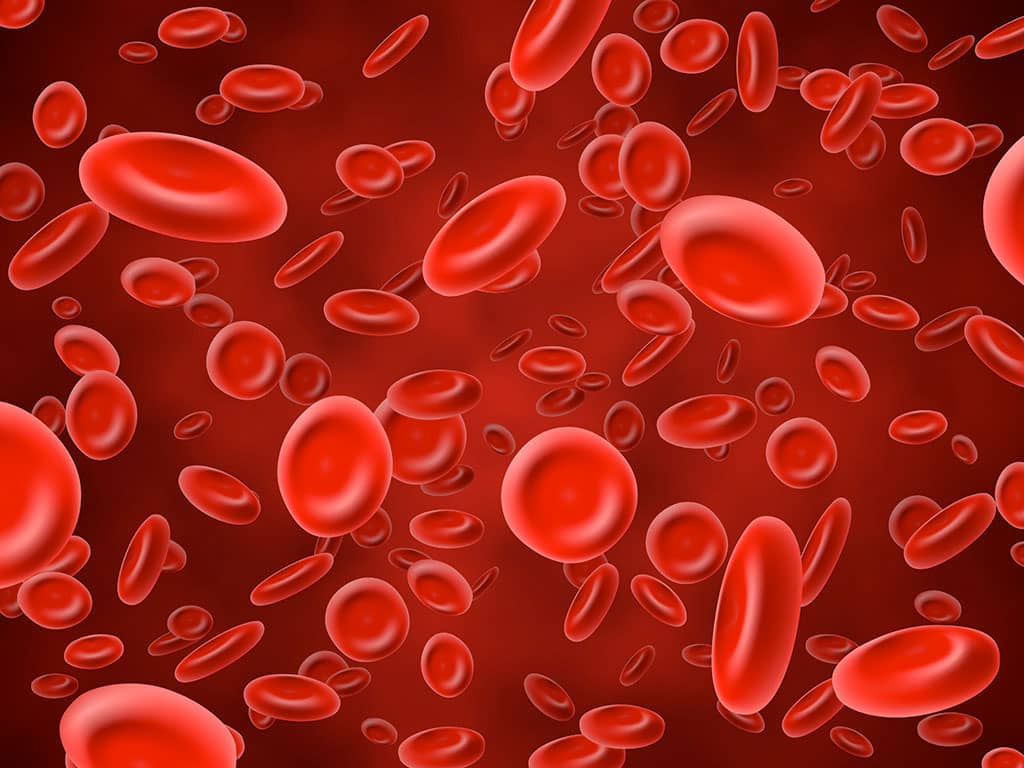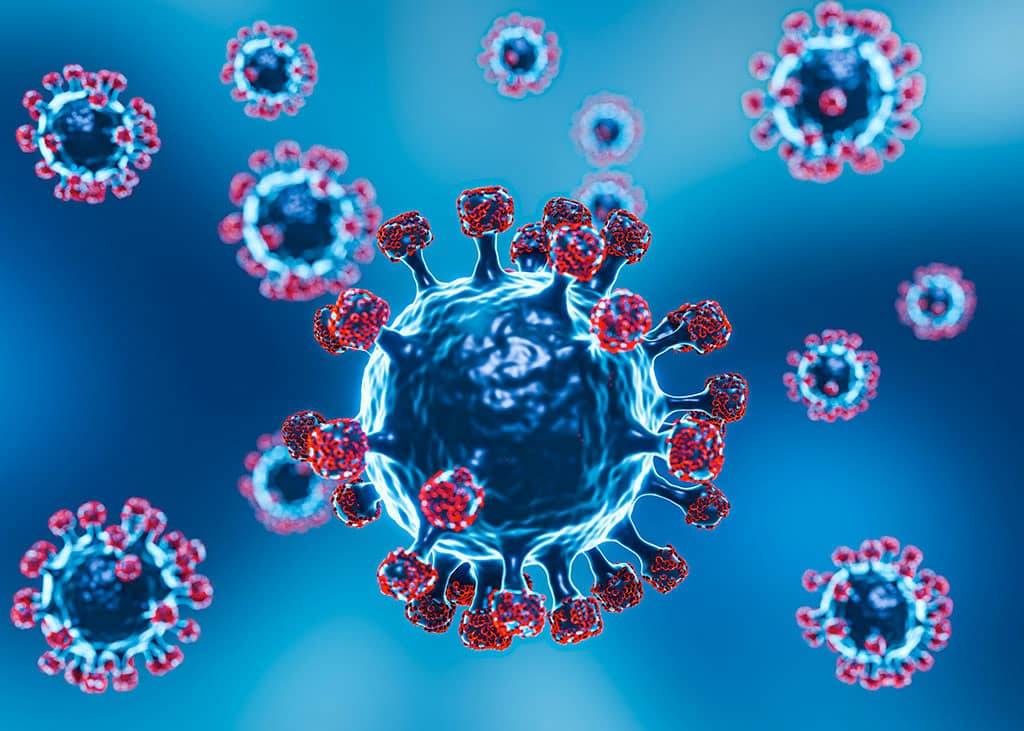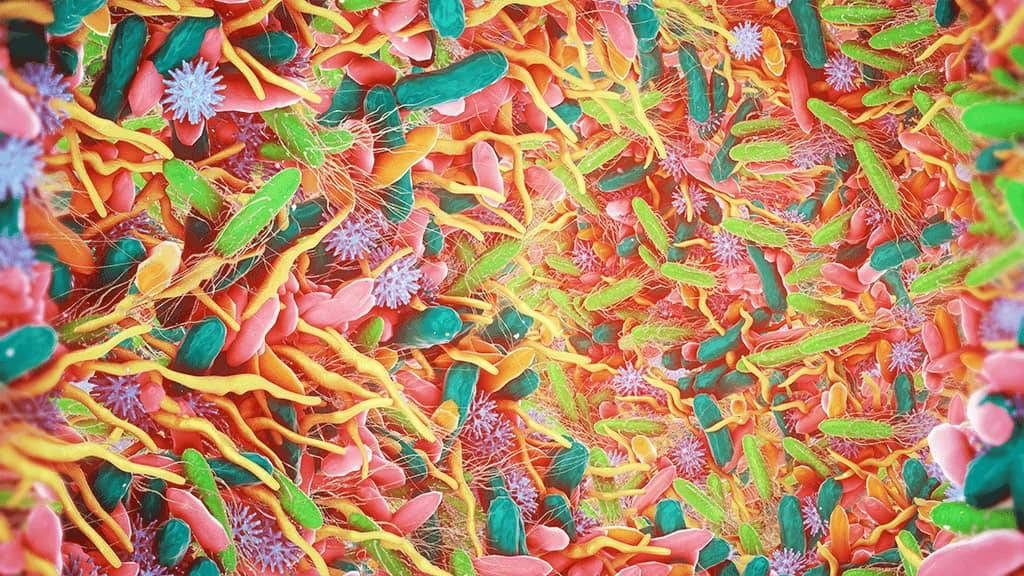Blood test
Intracellular pathogens and chronic infections
At NL-Lab, we research bacteria that hide in white blood cells. These so-called intracellular pathogens can chronic inflammation and infections and can lead to long-term, vague symptoms such as fatigue, loss of concentration, muscle pain, joint pain, and headaches.
The cause can vary. Among the most common are tick bites and Lyme disease . But we are capable of detecting many more pathogens
Interested?
Our blood tests can only be ordered through a healthcare provider. If you are an individual, please contact us so we can refer you. Are you a healthcare provider? Register without obligation .

Chronic infections
A chronic infection often begins with an acute infection due to a variety of possible causes, ranging from a tick bite, a scratch from a cat, a wound, or a sore throat.
A chronic infectious disease progresses slowly and often involves prolonged periods of unclear symptoms. These symptoms can linger for months or years (e.g., tuberculosis).
Chronic infectious diseases are generally more difficult to diagnose than acute infections. This means that damage can be significant before long-term treatment is initiated.
White blood cells are programmed to fight inflammation. They eliminate all damaged or infected cells. Once the damage from this acute infection has been dealt with and the initial symptoms have subsided, the white blood cells die or return to their previous role: being ready for new injuries.
Chronic inflammation develops when the cause of the infection, such as a bacterium, manages to take hold within the white blood cell. Here, the bacterium can vegetate and eventually multiply without our immune system being able to do anything about it. After all, the pathogen resides within a part of the immune system: the white blood cell.
In this way, the pathogens are very difficult to trace and can spread throughout the body, causing vague symptoms such as fatigue, loss of concentration, muscle pain, joint pain and headaches.
Pathogens that we can detect
NL-Lab has developed research methods to detect these pathogens in their 'hidden' form:
- Aeromonas hydrophila
- Anaplasma species
- Babesia species
- Bartonella species
- Bordetella pertussis
- Borrelia burgdorferi
- Borrelia species
- Chlamydia pneumoniae
- Chlamydia trachomatis
- Ehrlichia species
- Haemophilus influenzae
- Mycobacterium tuberculosis
- Mycobacterium species
- Mycoplasma pneumoniae
- Porphyromonas gingivalis
- Propionibacterium acnes
- Pseudomonas aeruginosa
- Rickettsia species
- Salmonella enterica
- Salmonella species
- Staphylococcus aureus
- Staphylococcus species
- Streptococcus species
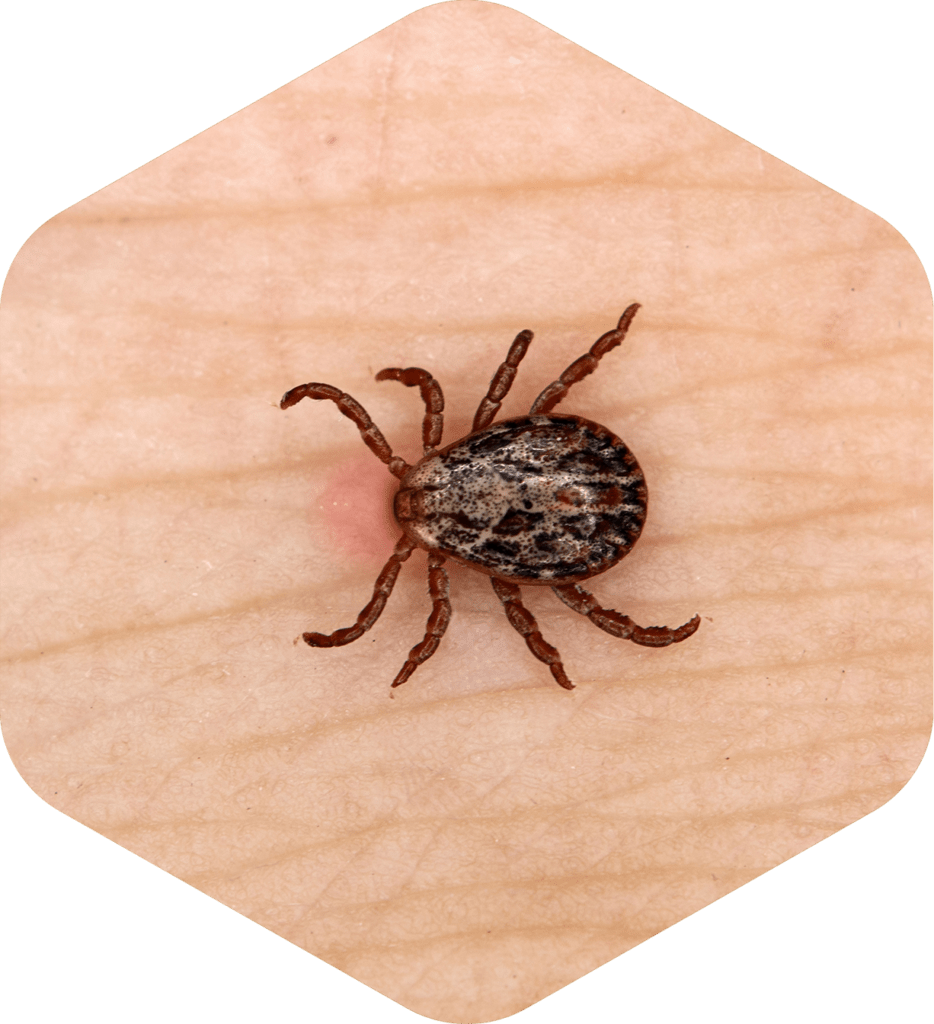
Tick-borne diseases / Lyme disease
The most common tick-borne disease is Lyme disease, or Lyme borreliosis, an infection caused by the Borrelia bacteria. The most common Borrelia species is Borrelia burgdorferi, but several other species occur worldwide. These bacteria are transmitted through tick bites. Besides the possibility that ticks carry various Borrelia species, a tick can also be infected with many other bacteria, viruses, parasites, and other microorganisms that are harmful to humans. Any of these microorganisms can cause illness if transmitted, and in most cases, this manifests as a fever some time after the tick bite.
Chronic complaints with Lyme disease
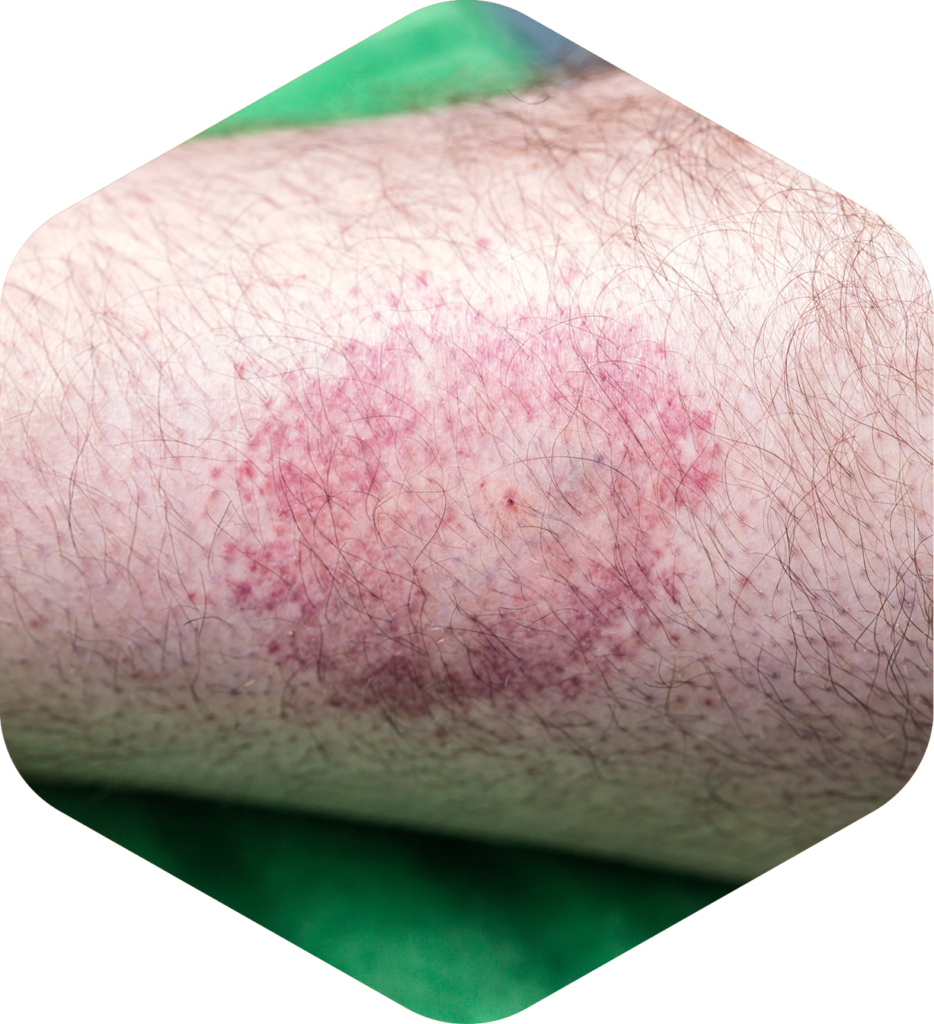

Interested?
Our blood tests can only be ordered through a healthcare provider. If you're an individual, please contact us so we can refer you. Are you a healthcare provider? Register without obligation.
Why choose NL-Lab?
Rich and unique data thanks to our superior C-FISH analysis method.
Smart interpretation of measured data, thanks to proprietary models, protocols, and methods.
Scientifically based therapeutic advice that is tailored to practice.

